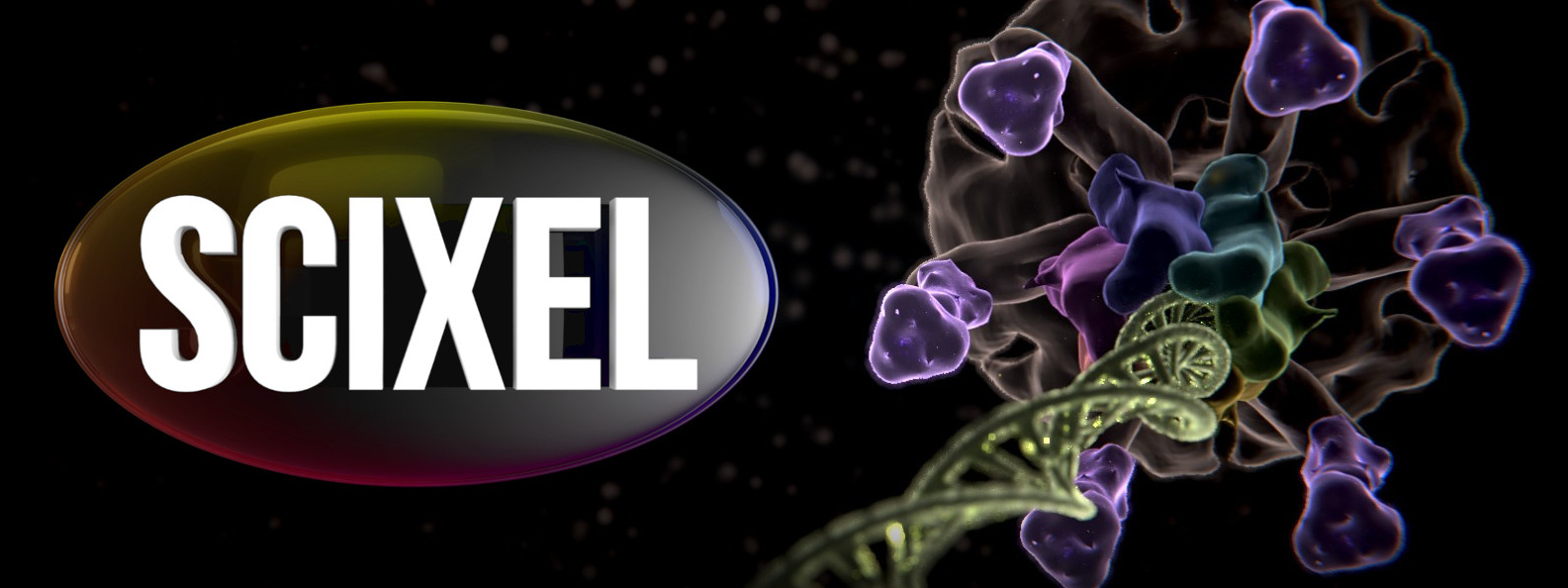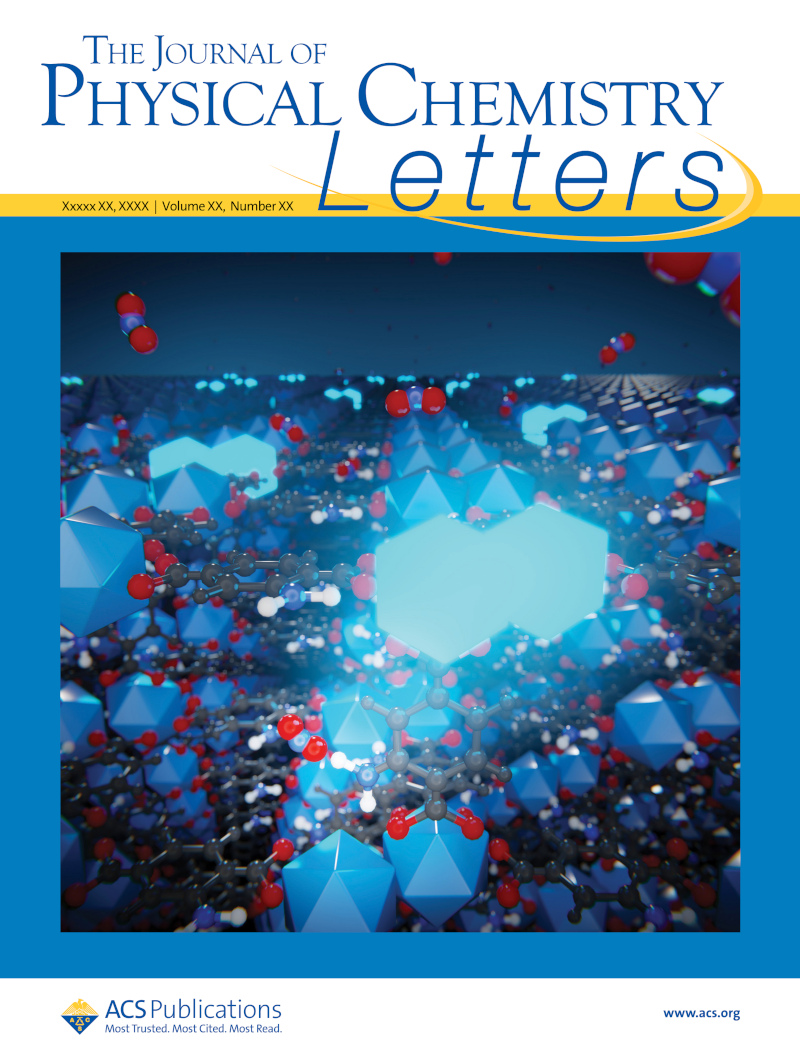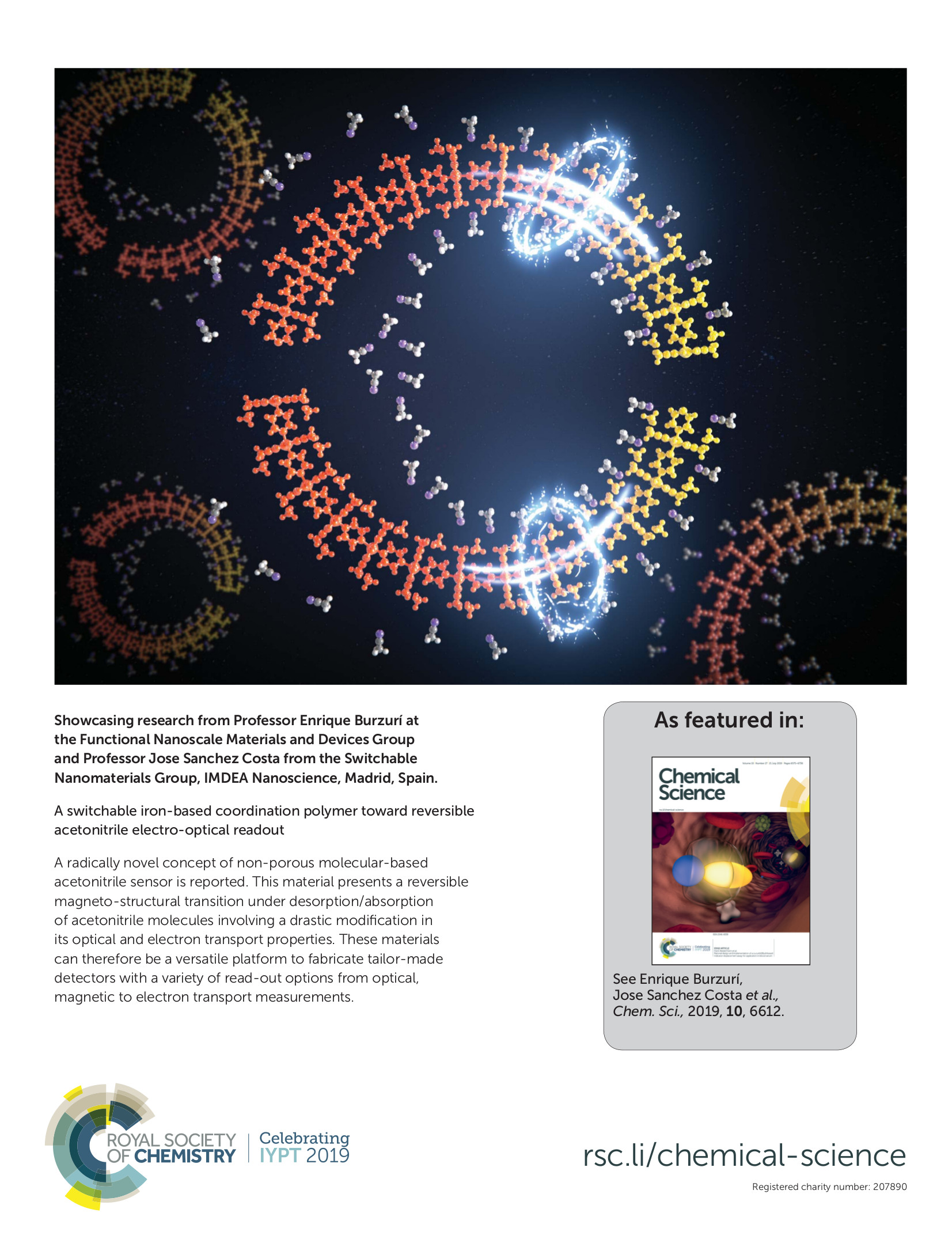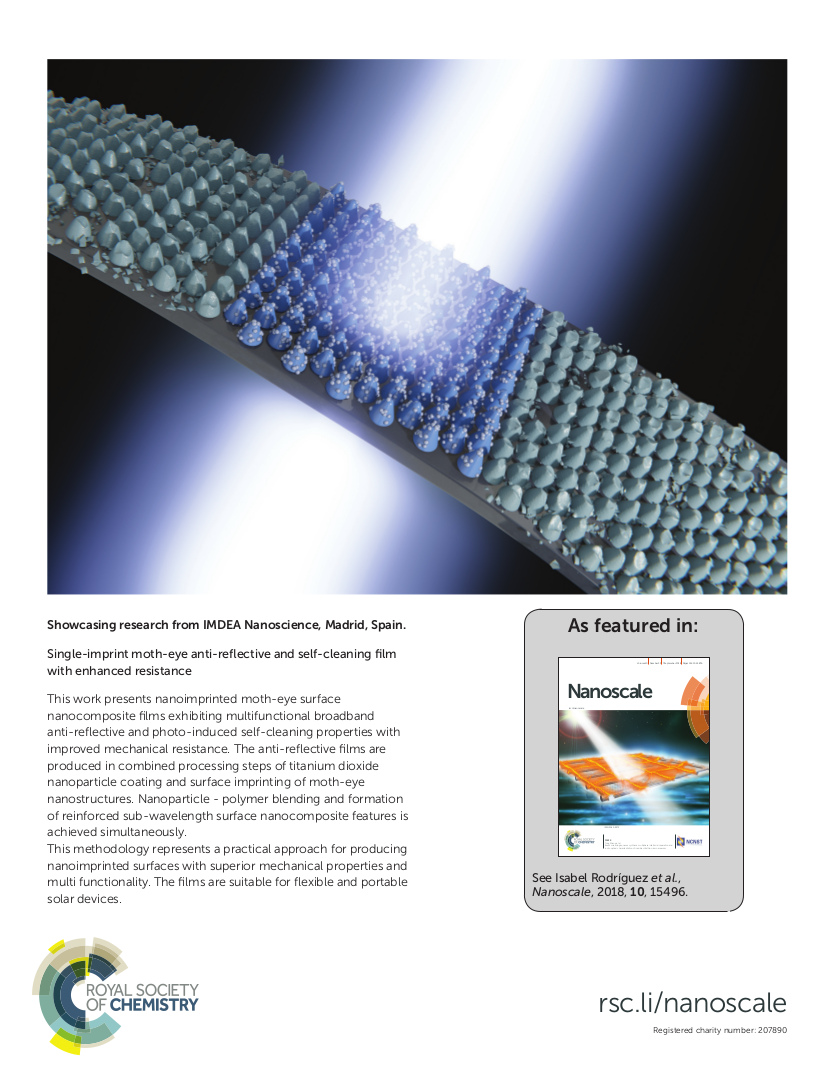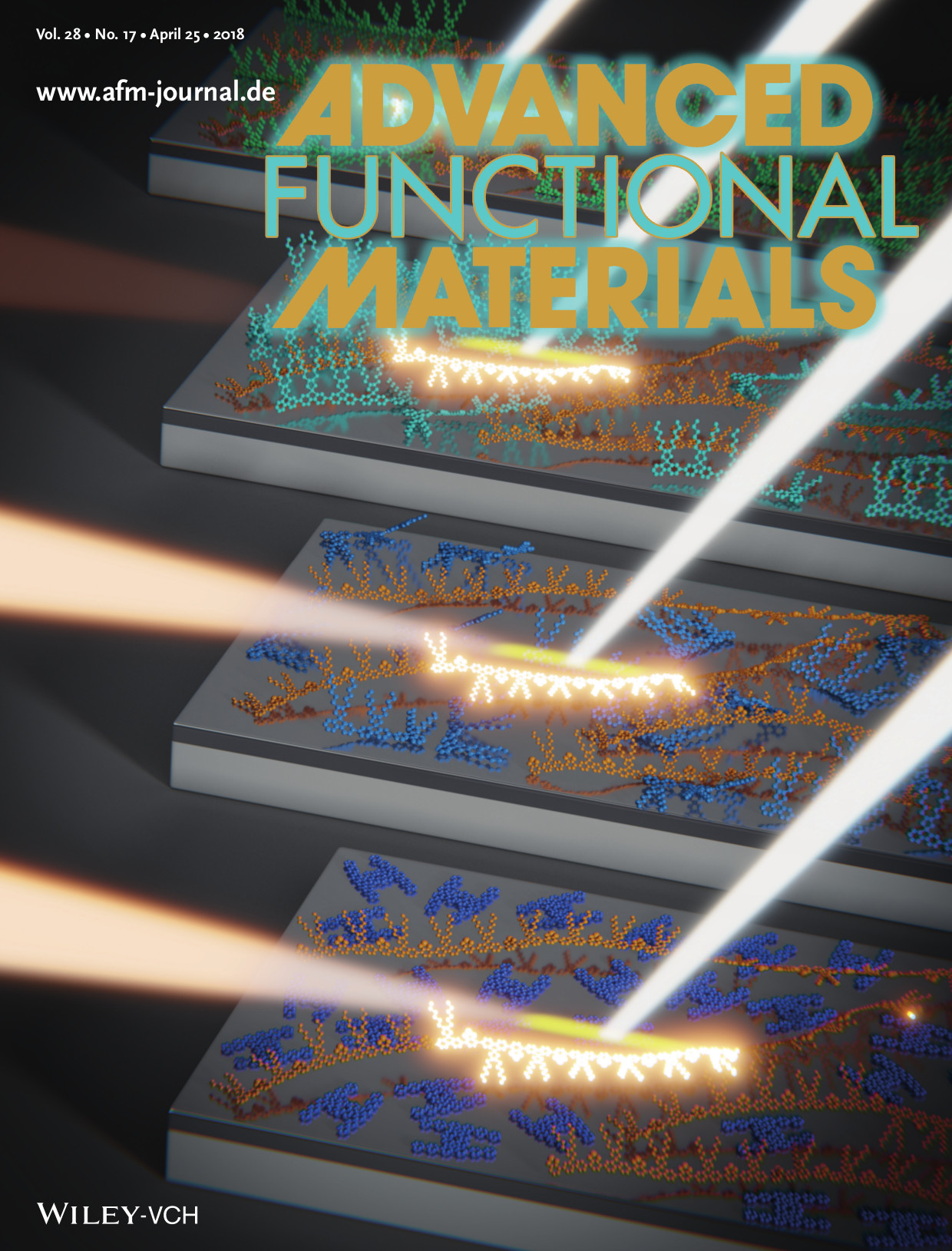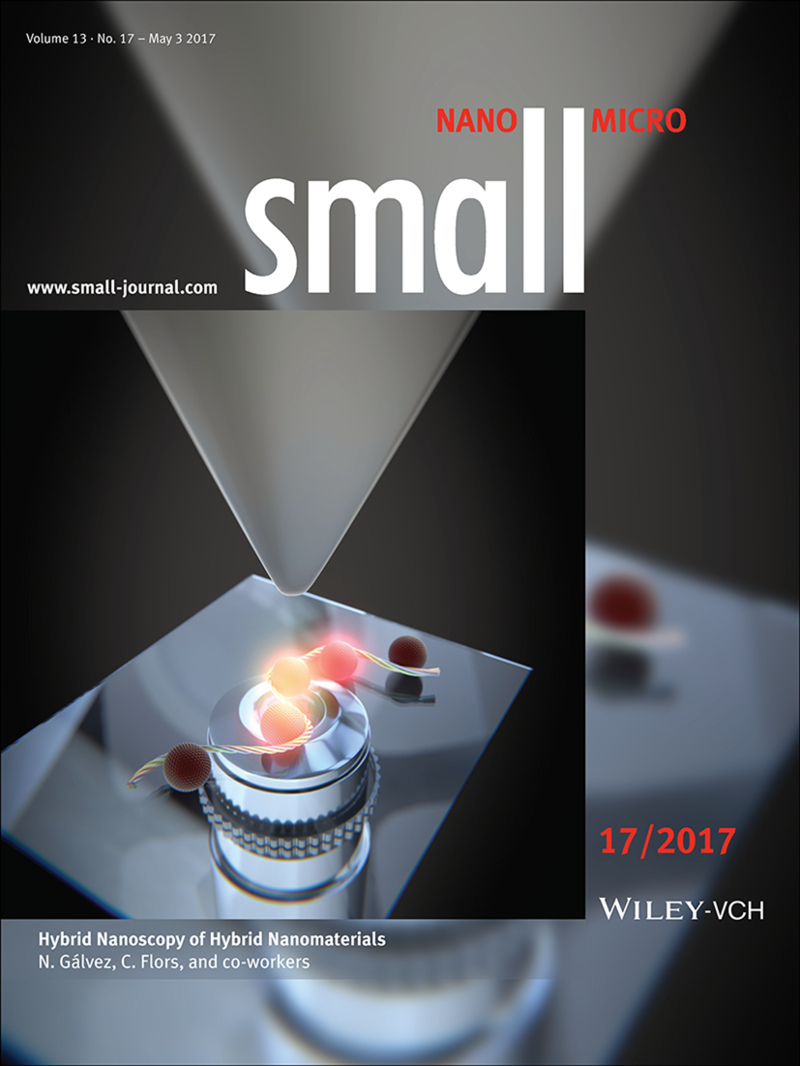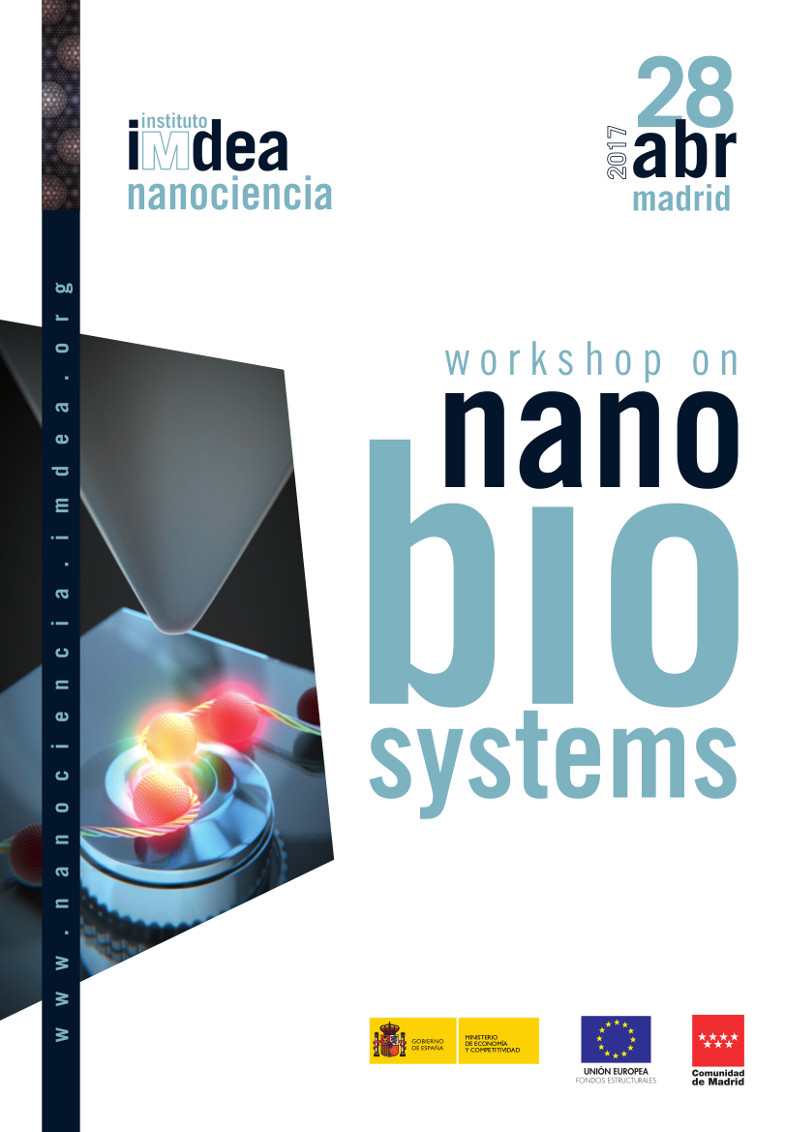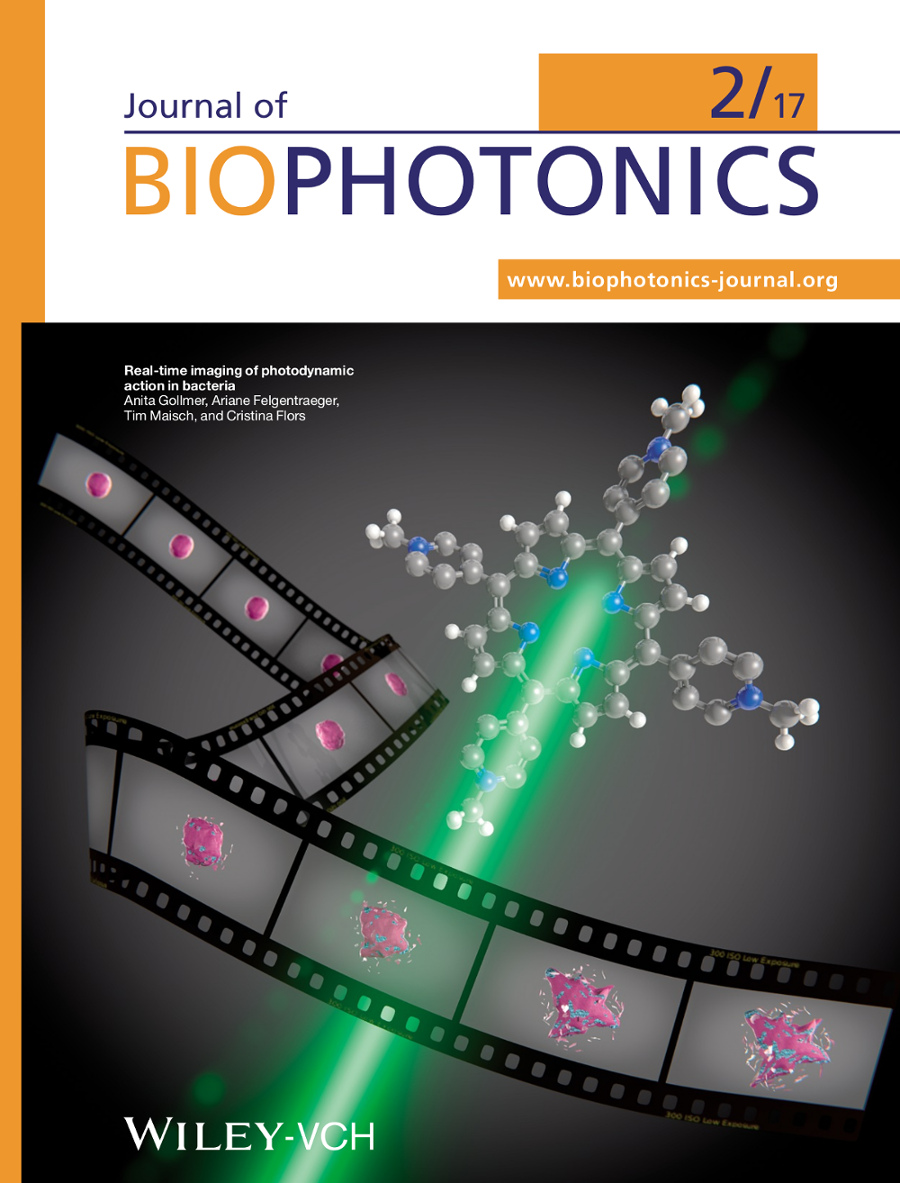Ana Pizarro and colleagues are a sort of modern watchmakers to my eyes. But instead of using gears and springs, they work with atoms, bonds and molecules. They carefully tailor them to produce chemical reactions in specific places that are triggered by specific conditions. In particular, they’re putting a lot of effort in molecules that work as catalysts in the cytoplasm and are triggered by pH changes.
This time they bring to our attention this beautiful specimen: [Os(η6:κ1-C6H5(CH2)3OH/O)(XY)]+ an osmium(II) tethered half-sandwich complex that has shown to carry out transfer hydrogenation reactions inside cells in a reversible way. The particular properties of this molecule could give it a central role in cancer therapies.
This work, published in Chemical Science has been featured in the cover with this image we did together with Ana Pizarro.
